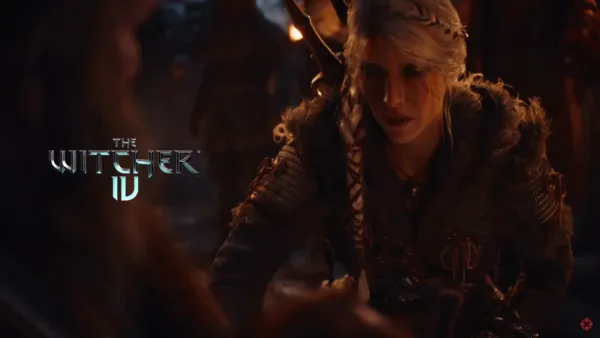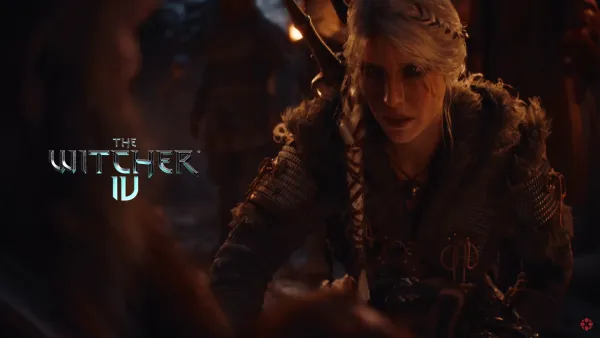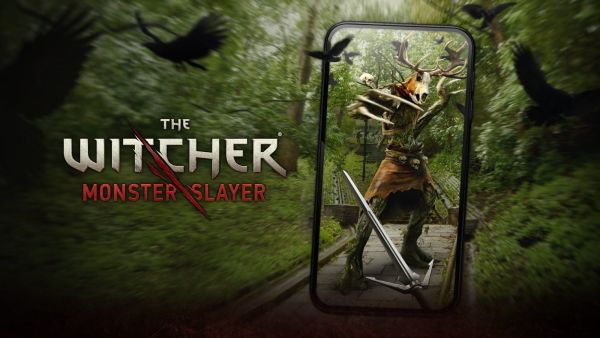

It seems as though whenever a new GTA game is released, the entirety of the gaming world undergoes a massive change. With GTA VI, Rockstar games seem to have been delivering on those same expectations, as the trailers suggest a new level of graphical and technical fidelity that not many have been able to replicate. Surely, GTA VI is taking all of the limelight when it comes to revolutionising the gaming space but what about the others?
On the stage, Polaris, or The Witcher 4, has already brought a strong ambiance to the world, setting clear expectations for the audience in general. With the release of another tech demo endorsing the insane technical innovations that the team was attempting, CD Projekt Red has managed to garner a huge amount of excitement for this game.
Though without an official release date, the game is expected not to release anytime before 2026 so as not to compete with GTA 6, but has all the potential to carry the Game of-The-Year label meanwhile it arrives. And by these technical advancements shown in the demo, The Witcher 4 really intends to be next generation in all regards while building upon the legacy of The Witcher 3 and attempting to correct some of its past mistakes.

An immediate upgrade has happened to the engine itself. CDPR took its proprietary REDengine and moved over to Unreal Engine 5, thus unleashing the suite of next-gen features. Nanite virtualised geometry is capable of rendering film-quality assets in real time without any degradation in performance. So, every single detail on those cobblestones, tree barks, monster scales, and so on-are rendered with near-photorealistic-level detailing. In contrast, The Witcher 3 had traditional LOD systems which compromised on model resolution at distance-Nanite gets rid of those completely.
Lighting has definitely undergone a revolution. Lumen, being Unreal Engine 5’s dynamic global landscaping, gives The Witcher 4 real-time lights that change with natural changes in time of day or weather and with the movement of players. The Witcher 3 had its lighting largely baked into the environment, which was restricting dynamic interactions. Now torchlight spreads and flickers in dungeons with such realism, while sunlight seeps through the canopy with volumetric precision.


The forests of The Witcher 4 sprawl big and tall and are reactive to wind and movement. Rather than the Witcher 3-style flat, alpha-card vegetation, each leaf and branch is a 3D object, allowing for much more rewarding exploration and combat scenarios in natural environments.
Streams and performance have also been massively improved. The FastGeo Streaming, coined by CDPR and Epic Games, loads large open-world environments seamlessly without the intrusive load screens and pop-ins so prevalent in The Witcher 3, whose fast travels and city transitions almost always demanded loading breaks.
Character fidelity is another great feature; the use of MetaHuman technology and ML Deformer allows for life-like facial animations and muscle movements. NPCs now show subtle expressions, eye tracking, and even micro-reactions to the player’s presence. In The Witcher 3, character animations were more rigid and less expressive, but impressive for their time.
Crowd simulation has also undergone a change. Mass AI allows hundreds of unique NPCs to fill cities like Valdrest, each going about their own routine, dressing differently, etc. This sort of detail was impossible in The Witcher 3, where NPCs would normally follow the same paths and share animations.


The Witcher 4 is approaching a technical powerhouse, but it needs to be balanced back into spectacle and substance; ambition and execution will also be caught in this balancing act. CD Projekt Red has the tools, the talent, and the lessons of the past. Now, the question is whether the studio can show the capacity to wield them with narrative brilliance that, on its own, made Engine of the Witcher 3 a modern classic.